Fundamental Ferrari Facts

Jim Weed
Volume 50 Issue 08
Apr 26, 2025
Do you know Ferrari history? There are a few things you should know.
Ferraris are exclusive. Owning a Ferrari puts you into exclusive club status. When most automobiles are built in mass quantities, Ferrari has been, and still is, a very small manufacturer of automobiles.
Enzo Ferrari famously said he wished to build one less car than the demand. In the early days of Ferrari, the goal was to build racing machines.
Winning made customers want to drive, race and win in their own Ferrari. In order to pay for more factory racing machines, Mr. Ferrari needed to sell off the old racing car inventory, but the requests for more would mean building new cars to sell.
But this is getting a little ahead of us. The first Ferrari, the one that was first, the beginning of it all, had to have a label, an identifier, a method of keeping track of changes, a number!
Since this was to be the very first then we shall call it 01 C. The number one with plans to build more, how many more? Unknown at this time, but since this is the first competition car we will give it a name, 01 C.
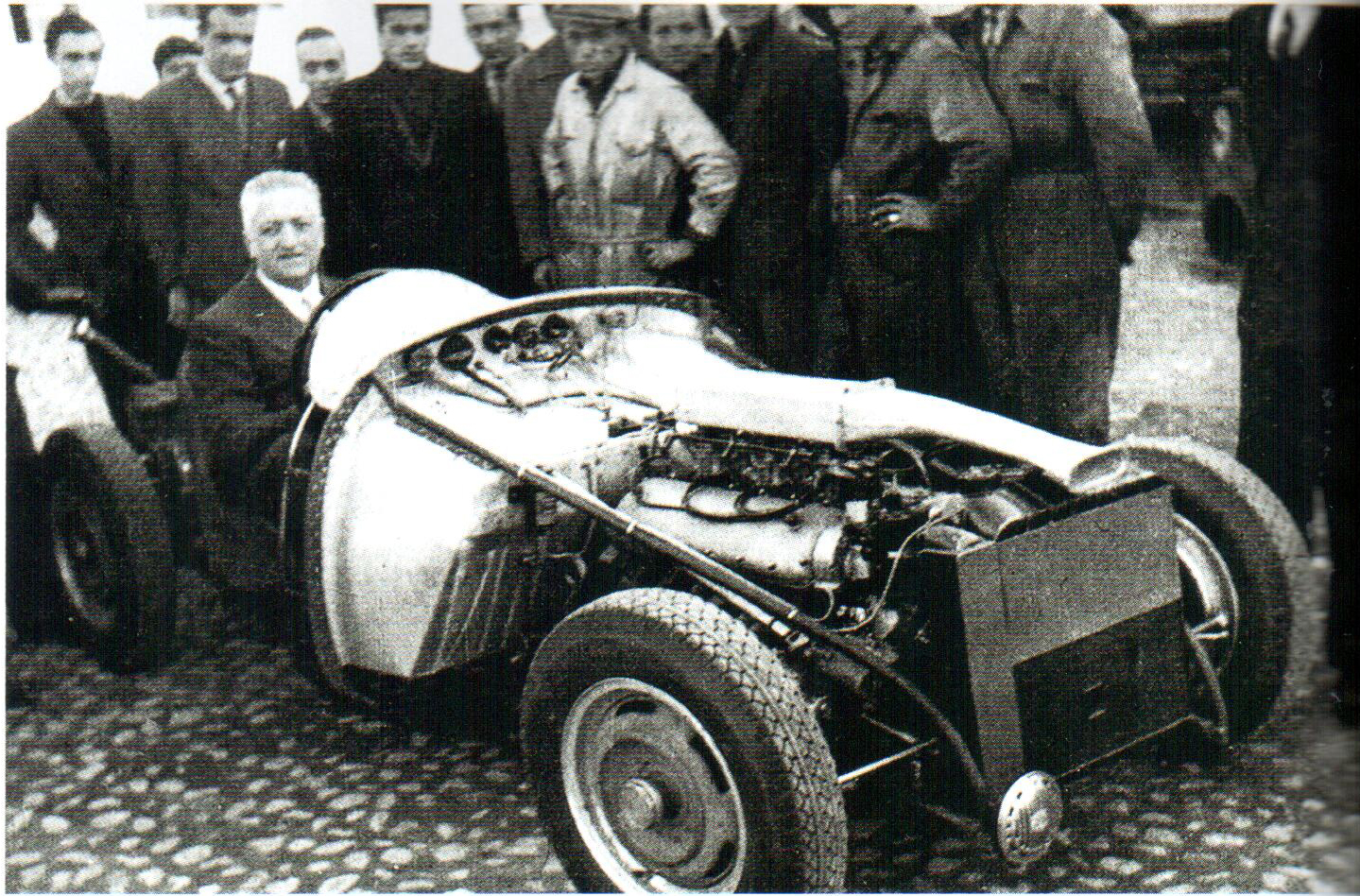
The very next one built would be 02 C. These 1.5-liter V-12 engines would be the beginning of a long relationship with this type of engine.
These two cars raced in 1947 and won several races, with the first win in their second race ever at the Roman GP, driven by Franco Cortese. The outlook for Ferrari looked good.
Late in 1947 Ferrari made improvements to the third car built and since the engine had been significantly altered and bodywork also, and was now going to become (somewhat) consistent, the new car carried a new series of numbers: 002 C.
The next ten cars would carry these even numbers as 166 Spyder Corsa which would set the stage for competition car nomenclature. Even serial numbers would be racing cars.
The odd numbers would be reserved for customer or non-racing cars. Which in the beginning there was often little difference between them, as customers would race anything that could beat the competition, and Ferrari provided just such a car.
By 1949 Ferrari could provide a more civilized and updated version of the Spyder Corsa. One that had two seats and an interior. The 166 Mille Miglia was born with a Touring body.
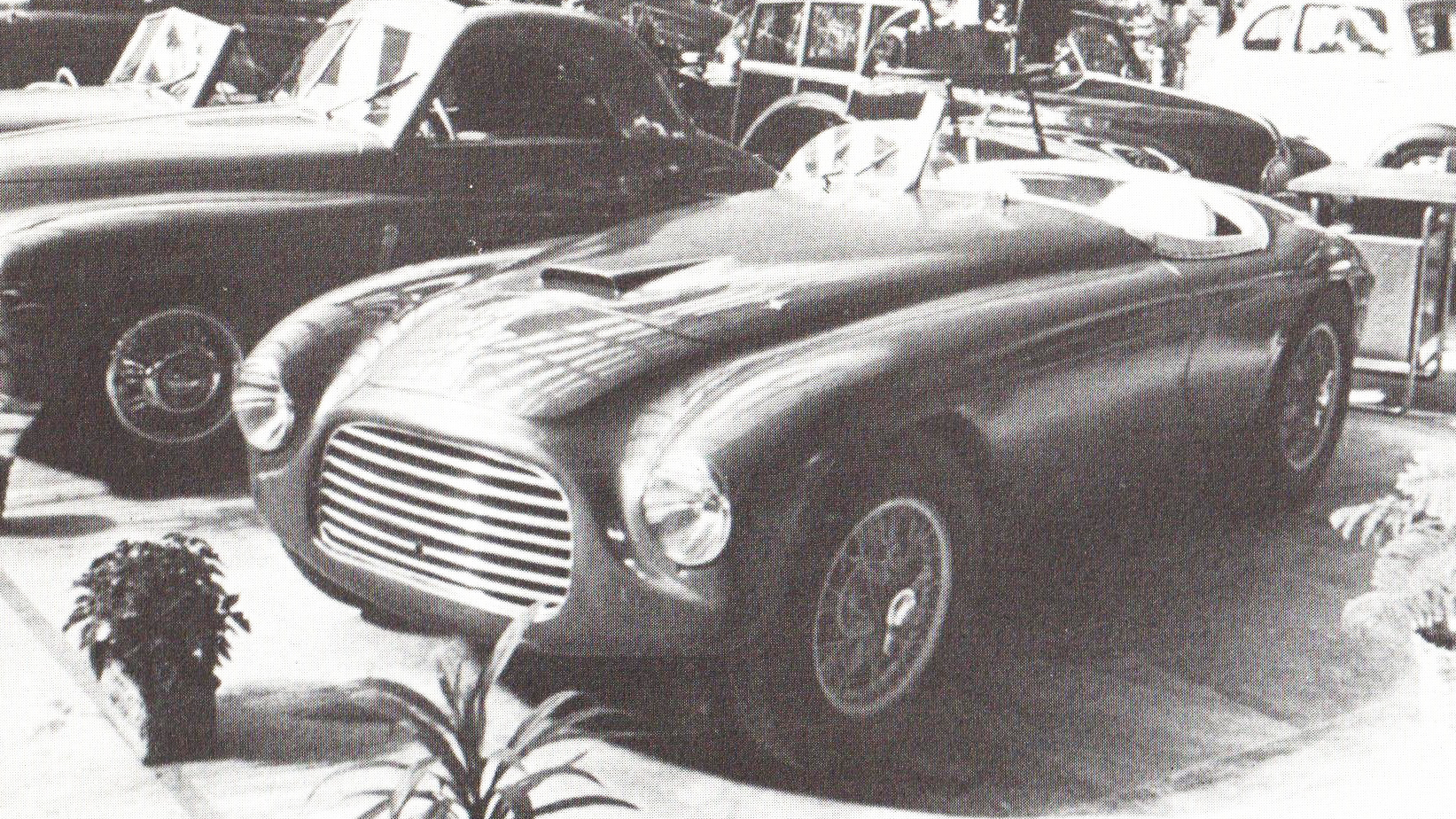
This change created another new numbering system to identify each car. Production numbers of great quantities were possible (at least in Ferrari terms). The original 2-digit system had changed into a 3-digit system.
In the two years Ferrari had been making cars, it now looked like sales could support even greater numbers. So the first 166 MM was given serial number 0002 M.
To coincide with this, the first ‘street’ Ferrari was issued serial number 001 S and it appears the 3-digit system was used for the first twenty-four cars at which point an extra zero was added to create a 4-digit serial number.
So, what is up with all the numbers? There are three cars with 02 as a serial number, 02 C, 002 C and 0002 M. Confusing? You bet.
Each Ferrari is known by its number. That was the identifier given at birth. But that is not the only important number. As a Ferrari aficionado you should have a list of numbers available to recite anytime you are with other car guys.
You love Ferrari. Everybody loves Ferrari, but you really, really, love Ferrari. The mark of an expert is the ability to knowledgeably converse about Ferrari, Ferrari history, Ferrari cars, and Ferrari racing.
I am not going to try and convey all I have learned in my forty-plus years deeply immersed in all things Ferrari. Even I run into people who know more than I do about Ferrari.
But there are some facts that should always be available to you to prove, you too, know what you are talking about.
When was Enzo Ferrari born?
Enzo was born on February 18, 1898. His birth was not recorded until the 20th due to heavy snow.
Ferrari created Scuderia Ferrari, a racing workshop to support gentleman drivers in 1929.
Ferrari started building his own cars after World War II in 1947.
Enzo’s son, Dino passed away in 1956.
Enzo Ferrari died on August 14th, 1988.
These are basic facts that everyone should know.
The Ferrari factory is another area with some basic facts.
Scuderia Ferrari was based in Modena and was created, as stated earlier, in 1929.
In 1940 Ferrari created Auto Avio Construction with the purpose of building machine tools and parts for aircraft. Since this was an industry engaged with wartime activities, the building was ordered out of Modena to the countryside of Maranello.
The first Ferrari was constructed in late 1946 and first raced in 1947.
Enzo Ferrari and Battista Farina sat down for lunch in 1951 beginning the long-lasting relationship with Pininfarina who created what a Ferrari should look like.
The infamous ‘Palace Revolt’ occurred in 1961. It was a group of engineers and other high-ranking employees who were not happy with Ferrari’s wife meddling in the company affairs. These men were fired on the spot.
In 1963 Enzo courted Ford in a possible merger between the two companies. It all fell apart when Ferrari felt he would not have autonomy in pursuing his racing program.
The Fiat-Ferrari collaboration began in 1965 with Fiat building the Ferrari designed V6 engine which was used in Formula Two and also in the Fiat Dino coupe and spider.
It was in 1969 that Fiat was able to purchase 50% of Ferrari and take over production of road cars.
In 1988 upon Enzo Ferrari’s death, Fiat was able to own 90% of Ferrari.
Racing was Enzo Ferrari’s life. Since he was a young boy, Enzo wanted to be involved with racing. In his younger years after World War I, he drove in many races.
After forming Scuderia Ferrari in 1929, he managed and maintained racing cars for his clients. He organized and prepared the cars for gentleman drivers who wished to show up and drive.
This endeavor brought him close to many of the famous drivers of the day. Antonio Ascari and Tazio Nuvolari drove cars in his stable.
An agreement with Alfa Romeo allowed the Scuderia to have a close relationship with the racing department of Alfa. Technology flowed in both directions as Ferrari was able to expand into creating improvements for his clients.
When racing resumed after World War II, Ferrari was ready with a factory, engineers and the desire to build automobiles. His early steps were outlined in the beginning of this article. It was the win at Le Mans in 1949 that helped to put Ferrari on the map.
It was the first race at Le Mans since the end of the war and Luigi Chinetti drove a 166 MM to victory. This car was 0008 M, the fourth 166 Mille Miglia made.

Ferrari would win at Le Mans in 1954 with a 375 Plus and again in 1958 in a 250 TR but it was a string of victories that cemented Ferrari and Le Mans together.
Ferrari won at Le Mans six years in a row between 1960 and 1965. They would win back-to-back victories again in 2023 and 2024 with the 499P sports prototype.
The Mille Miglia (1000 miles) was another important race Ferrari dominated. The fledgling company won this event six straight times between 1948 and 1953.
Ferrari also won in 1956 and 1957. The race in 1957 would be the final event due to Alfonso de Portago in a Ferrari losing control and killing himself, his co-driver and nine spectators.
Formula One history factors large in knowing about Ferrari.
Ferrari’s first win was in 1951 at Silverstone. There were wins before that race but those were in Gran Prix that did not count towards the World Championship.
The FIA Formula One World Championship was organized in 1950. Ferrari has participated in this organization continuously every year since its inception.
The Formula One Constructors’ Championship was instituted in 1958, and Ferrari has won sixteen times.
Phil Hill with Wolfgang von Trips clinched the title for Ferrari in 1961. John Surtees and Lorenzo Bandini did it again in 1964.
Niki Lauda helped to win the title in 1975 through 1977. Ferrari won again in 1979 and in 1982 and 1983. Then came the Michael Schumacher dynasty. Schumacher won six in a row, starting in 1999 until 2004.
Kimi Räikkönen and Felipe Massa won the constructors’ championship for Ferrari in 2008 and 2009.
Racing can be tragic and drivers for Ferrari have not been immune to death, or near-death experiences.
Peter Collins was killed at the Nürburgring in 1958. Gilles Villeneuve was killed qualifying for the Belgian GP in 1982.
Niki Lauda was seriously injured in 1976 at Nürburgring. While his burns were still healing, he missed only two races. He lost by one point the World Champion title to James Hunt.
Those are all important dates and facts in Ferrari history. There is much more but I’ve tried to hit the highlights that will impress those not deeply immersed in all things Ferrari like yourself.
I started this article with serial numbers. It is the one identifier that can tell one Ferrari automobile from the rest. It is THE name bestowed upon your Ferrari when it was born.
It would be crazy to think you will learn the number of every Ferrari you see. You should at least know the serial number of cars you own.
I recently talked to an owner who has owned his GTE for over forty years. He put it in storage decades ago and during our conversation we talked about how it was time to bring the car out of storage and get her running again.
Without hesitation he rattled off the number and of course I looked it up. Yes, he was correct, and thankfully our database had his ownership recorded.
Which brings me to significant serial numbers that you should know. One 308 or Boxer looks like another. Could you recite the serial number of a 488 GTB just by looking at it? I don’t think so.
There are Ferraris that can be identified by sight and the serial number is significant. Ferraris like the Breadvan. Everybody knows which car that is without thinking about it.
The shape is unique, the history and presence of this Ferrari is breathtaking, but what is the serial number? Without thinking do you know what it is? How can you impress your friends with your Ferrari knowledge?
They may know what they see is the Breadvan, but you can, with authority, proclaim this is 2819 GT. It was originally a 250 GT SWB Berlinetta. The owner, unable to purchase a GTO, contracted with Drogo to build something better, sleeker and faster than a GTO.
The Breadvan was born and has become famous due to its shape. Now you know the serial number.
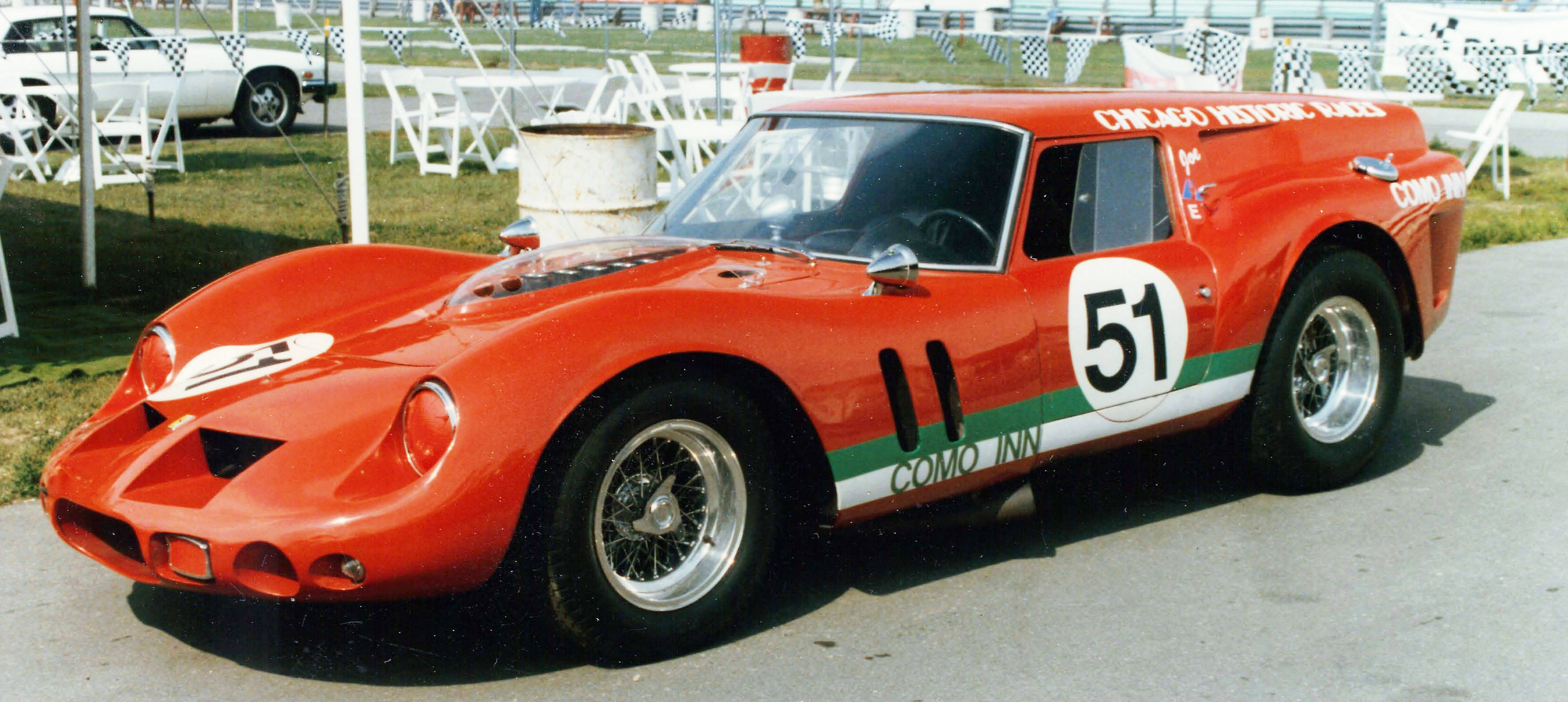
There are other Ferraris that can be identified purely by sight. Ferrari made three 275 GTB Competizione Speciales. This one had serious racing history. First in class at Le Mans in 1965. The yellow car has been in the same family since at least 1974.
Preston Henn bought this famous car and has used and shown it all over the world. It is instantly recognizable. It is serial number 6885. This is another Ferrari that has history and provenance and should be known by its number.

Luigi Chinetti had Michelotti build several 365 Daytona into unique automobiles. One of those is instantly recognizable since it was taken to Le Mans in 1975. Serial number 15965 did not start due to a disagreement between Luigi and the French authorities. Chinetti pulled his entries and refused to race.
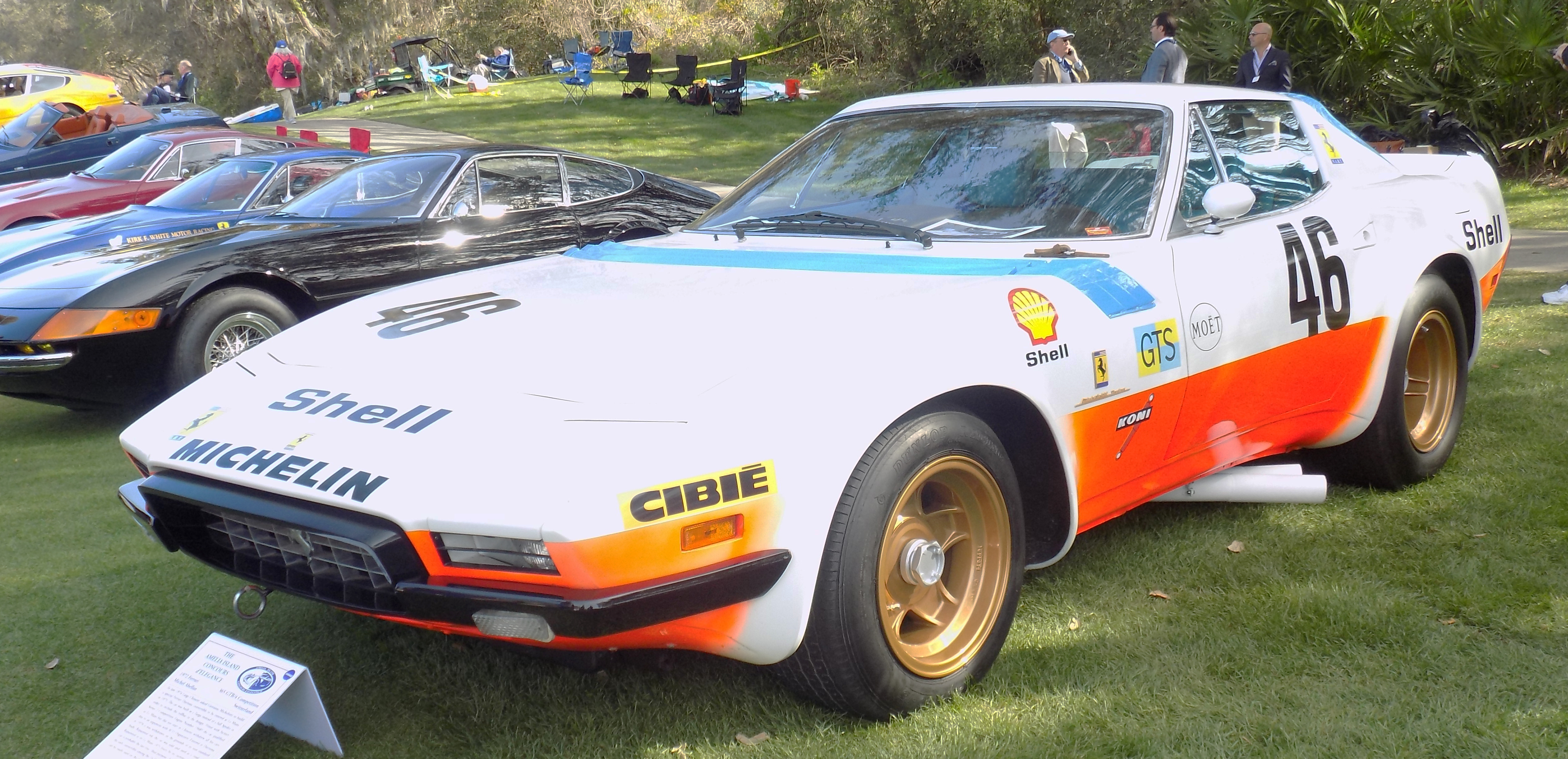
Drogo also built another instantly recognizable car, the Golden Car. This 330 GT 2+2 was heavily modified and while not always considered pretty, it certainly is unique. Serial number 7979 GT should be one of those numbers that comes to mind when you get a chance to see this creation.

Lastly, I will bring up the 308 GT4 known as the Rainbow. This one-off built by Bertone was a design study and again one Ferrari instantly recognizable. This 308 GT4 is serial number 12788.
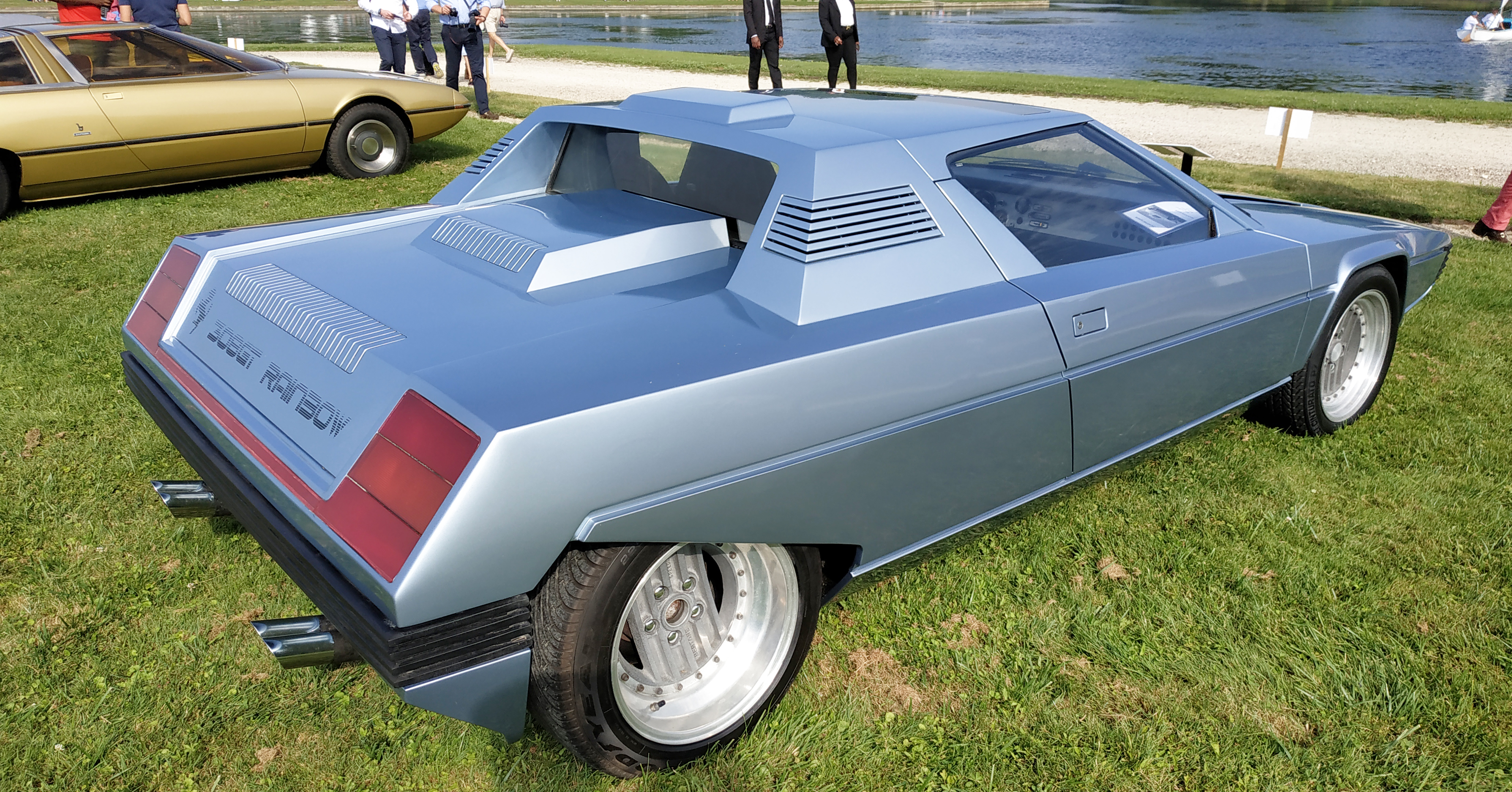
There are many other examples I could cite, the Bertone 250, S/N 1739 GT, or 365 GTB/4 station wagon, S/N 15275. You can look those up for yourselves.
Every Ferrari has a number, and you should know yours. One day you will run across a Ferrari and discover it was one of yours.
Even after it has been restored, the color changed and interior redone, it might not even be recognizable in its present form, but that number will forever be burned into your mind.
You will be able to caress the fender and remember the good times you had.
